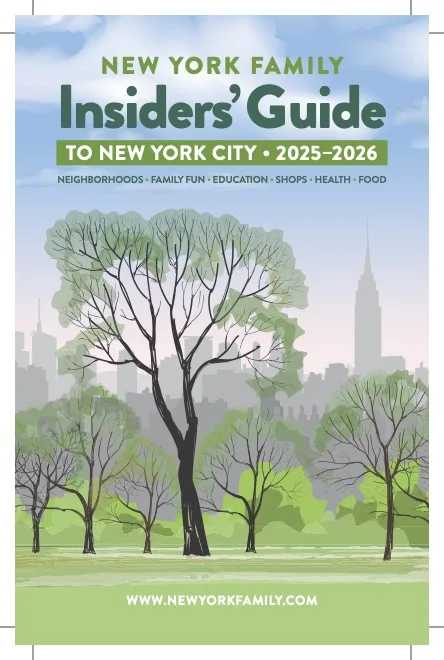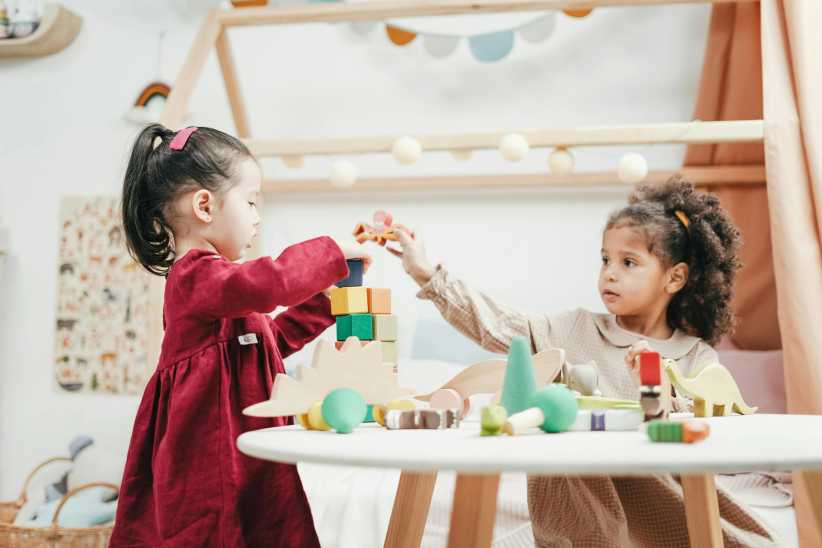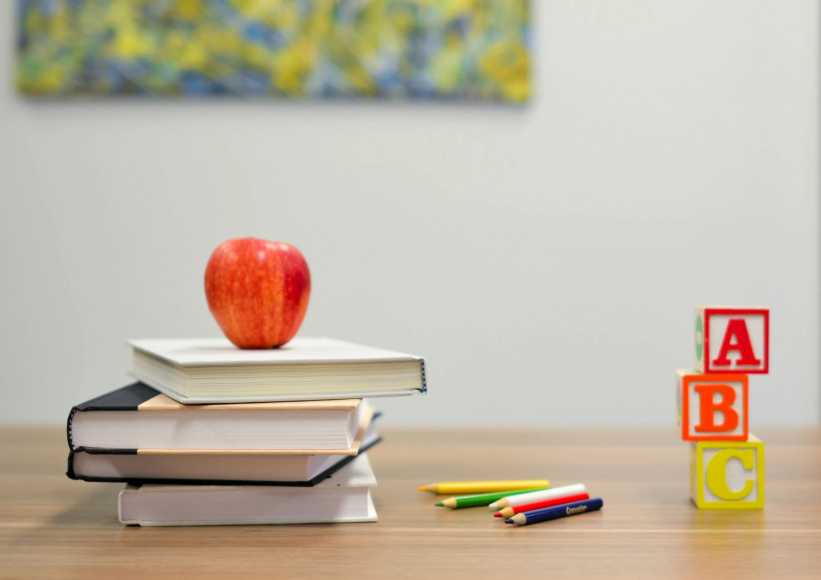At the beginning of the twentieth century, educating young children was a far more grim experience than what we know today. Schools at that time were designed to drill and discipline rather than grow and nurture young minds. Classrooms were often dirty and crowded Dickensian places where children were deposited to memorize lessons and wear dunce caps. Schools of today are vastly different, with sing-alongs, magic carpets, and class pets.
So how, in the span of a century did early childhood education make the transition from “Bleak House” to modern-day fairy tale? How did schools go from being places of tedium and punishment to sweetness and light? The shift was due almost completely to the research and philosophies of one person, who happened to be the first Italian woman to ever receive a medical degree. Her name was Maria Montessori.
The only child of Alessandro Montessori and Renilde Stoppani, Maria Montessori was born in 1870 in the town of Chiaravalle, on the eastern edge of Italy. From the beginning, she wasn’t like the other girls. She was described as having been “headstrong” and “self-confident,” often emerging as the leader in schoolyard games. She easily excelled in school and, at the university level, while the other female students were reading romance novels and dreaming of marriage, Maria Montessori spent hours in the library studying math and science — her favorite subjects. After several years of pressuring the University of Rome, she was eventually permitted to study medicine there, and in 1896, became the first woman in Italy to become a physician. It was her work with the university’s psychiatric clinic that led to her life’s calling.
As part of her work with the clinic, Dr. Montessori was to visit asylums for the mentally challenged. She noticed immediately how their youngest residents were starved for attention and experience. When she saw the amount of human potential being wasted, she began conducting experimental research, observing how children in the asylums interacted with specially designed self-teaching materials. After the mentally challenged children scored higher than average children on the same aptitude tests, Dr. Montessori determined that learning did not consist of memorizing and reciting, but sensing and experiencing the world through concrete objects.
As a result of this early success, she was asked to establish an experimental day-care center for disadvantaged children in Rome. Sixty children from the low-income San Lorenzo district were chosen to attend the Casa dei Bambini (Children’s House), where Dr. Montessori had designed a “prepared environment” in which the children could freely choose from a number of developmentally appropriate self-directed learning activities. She noticed how the children, when allowed to move about the room and interact with learning materials, would absorb knowledge almost effortlessly from their surroundings. The children of Casa dei Bambini, whom society had dismissed as unruly “street kids,” also achieved above-average test scores, thanks to Dr. Montessori and her newly-developed method. She knew then that if children coming to school with special needs or challenging backgrounds could benefit from this non-traditional approach to learning, it would stand to reason that average children could too.
As word spread of her success with teaching children who were formerly considered “unteachable,” Dr. Montessori began to lecture, write books, and conduct training programs to explain her approach, which came to be known as the “Montessori Method.” Her ideas swept through enlightened circles, but did not officially take hold in the U.S. until the early 1960s, due to John Dewey’s domination of the American educational system during the first half of the twentieth century. Today, there are at least 4,000 certified Montessori schools in the United States; and about 7,000 worldwide.
Present-day Montessori schools observe many of the same principles as their predecessors. The sparse environment of a Montessori classroom is filled with carefully chosen materials to facilitate independent research and learning. (A Montessori tenet holds that the teacher is there to control the environment, not the child.) Blocks and color tablets help children learn about the sensory world; beads and sandpaper numerals teach about decimal representation and identifying numeric symbols. There are materials for buttoning and bow-tying, pouring and scooping, and preparing food – all to encourage hand-eye coordination. Other areas are designated for cleaning, gardening, or caring for animals.
At Montessori schools, children are not forced to sit behind a desk and listen to a teacher talk at them. There are no deadening call-and-response drills, no rigid reward and punishment systems. Children are instead free to move around and explore any subject for as long as they wish, with no time constraints. When children are allowed to choose what they want to do and concentrate for as long as they need on a given task, they tend to leave that task refreshed and filled with good will towards fellow students. All the while the teacher must protect the student’s concentration from interruption. Children therefore discover on their own, while being gently guided by their teachers – which fosters a lifetime love of learning.
Students at Montessori schools also do not receive papers back filled with red marks and corrections. Instead, the teacher plans individual projects to enable each child to work on what he needs in order to improve. And Montessori students are not forced to compete – they learn from each other in mixed age groups, where they bounce ideas off one another and learn what the others know. This ensures the acquisition of problem-solving skills and social interaction, and, in this way, children learn to work together.
There are numerous local examples of schools that uphold Montessori ideas and beliefs, the central one being to bring out the best in each child. Children are allowed to develop at their own speed, according to their capabilities. The students make the choices, and their unique qualities and talents are respected. It is believed that the most important years of a child’s education are not at the university level, but from birth to age 6. If a child is allowed to pursue hands-on tasks during this period and think independently, without obstacles, he/she can be guided to a radiant future.
The Montessori Method has proven again and again to advance children’s aptitude, thinking and reasoning skills, and overall happiness. It allows children to grow at a relaxed pace into the intelligent men and women they will become.
Mary Carroll Wininger is a writer based in New York City. She is a frequent contributor on topics ranging from etiquette to feng shui.















